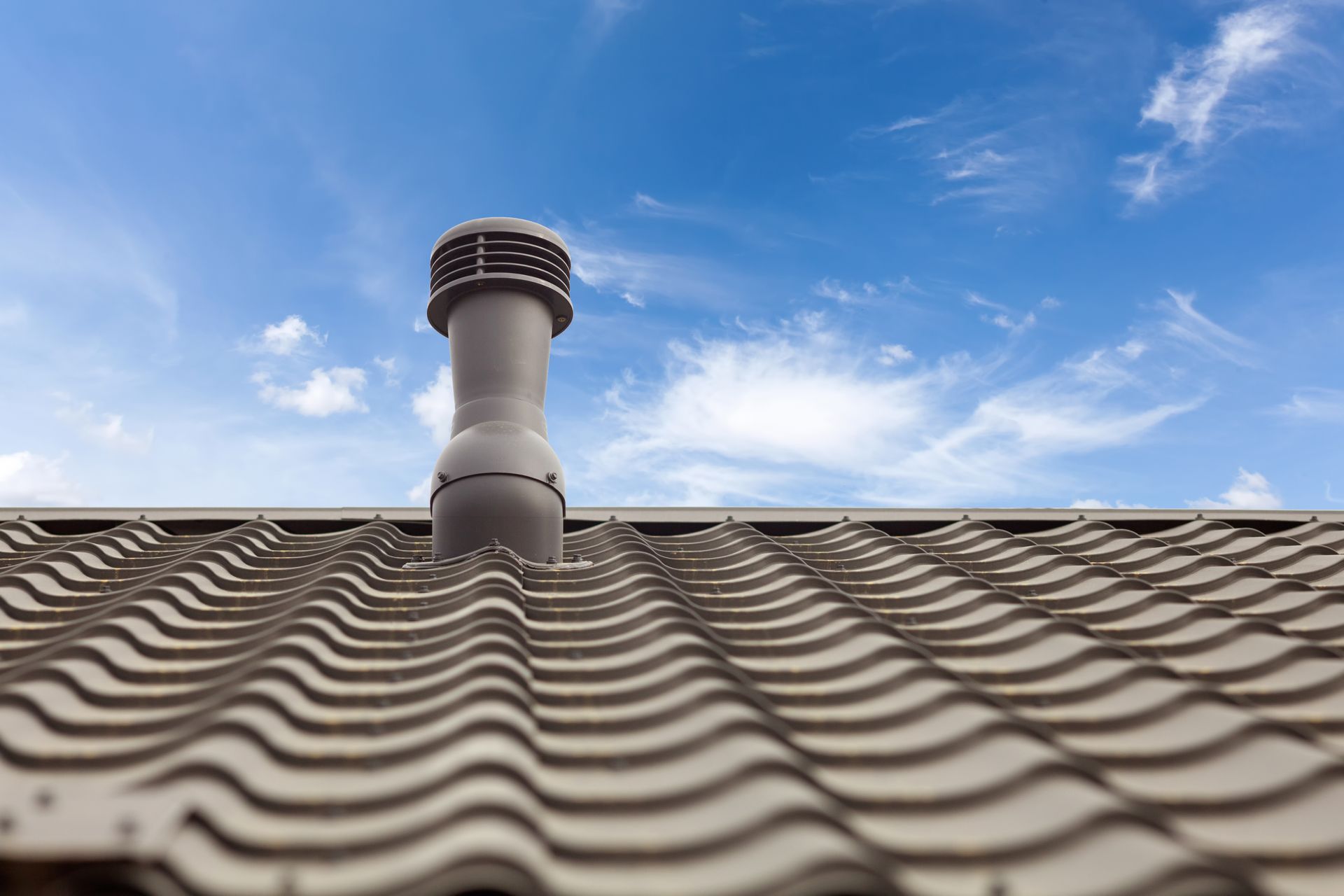What You Need To Know About Roof Ventilation
Summer in Northeast Florida is no joke. With average temperatures hitting 89 degrees or higher, keeping your home cool during the summer months without jacking up your electric bill is a challenge. Roof vents can provide instant relief for your roof and your wallet! They help release hot and humid air, increase circulation, and protect your roofing structure. Let's look at different types of roof vents and the benefits of each option.

Why Are Roof Vents Important?
Though only some houses have an attic big enough for storage, there is always space between your home's roof and the ceiling. Your attic or crawl space is designed to act like a thermostat, controlling the temperature of your home by providing space for air to move. Heat rises, creating a vacuum for colder air to be pulled through tiny holes in your ceilings into your attic and out of your home. Proper insulation, sealants, and ventilation can help keep your attic efficient. Without these, your roof can suffer.
From
leaky roofs to moldy attics, improper ventilation can lead to costly damage. Pent-up hot air can cause mold and mildew growth on insulation, wood, and other materials, while the weight of humid air can put stress on your roof, causing it to sag. For those who experience winter, roof vents prevent wintertime moisture buildup and keep ice dams from forming. Choosing the right roof vent can circulate air, saving your roof.
Types of Roof Vents
There are two main types of roof venting—passive and active. Passive roof vents allow air to pass through using natural wind movement. Active roof vents use motors, fan blades, or turbines to distribute air. Active roof vents are the most efficient, providing consistent airflow. The roof vent you choose may also depend on the type of roof you have. Below are the six main different roof ventilation options.
Ridge Roof Vents
Ridge roof vents are passive vents cut into the roof near the peak or "ridge" and then covered with a baffle or other shingle material. They work best when combined with an attic fan. Several drawbacks include leaks from rain blowing directly into the attic via the vents. They may not offer adequate ventilation, especially without a fan to help push the air toward them.
Gabled Roof Vents
Gabled roof vents are cut into the side of your home just under the roofline at both ends of the gable peaks. This allows for cross-ventilation as breezes or wind blows in from one side, exiting out the other. Gabled roof vents are passive, but they do not require an attic fan due to their design. From the outside, gable vents have a slatted look, similar to the AC vents in your home.
Soffit Roof Vents
Soffit roof vents sit just under the eaves of your home between the edge of your roof and your home. These passive vents also have a slatted look with openings that allow air to travel in and out of the attic. They often work together with gabled and ridge roof vents. The cooler air enters through the soffit, pushing the hotter air out through the gable or ridge vents.
Roof Turbines
Considered an active roof vent, roof turbines are common in older homes especially. Turbines stick up from your roof and contain fan blades that are powered by the wind. Also known as "whirly birds," these exhaust vents spin, pulling hot and humid air out of the attic quickly and efficiently when there is enough wind. They are a good choice for gabled homes that do not have enough space under the roof line for a gable vent.
Solar-Powered Attic Fans
Solar-powered attic fans are active roof vents that pull hot air from the attic. Because they are solar-powered, they won't affect your electric bill. Like with turbines, a hole is cut into the roof, and the solar-powered attic fan is placed in the spot to draw air out of the attic. Many come in different power ratings. Check with Endless Summer Roofing to see which size works best for your roof.
Electric Attic Fans
Electric attic fans are active air exchange systems that use electricity from your home to pull hot air out of the house and replace it with cooler air. Again, a hole is cut into the roof, and the fan is placed near the top. Electric attic fans can be controlled with a thermostat or run continuously. Electric attic fans are the most common type of roof ventilation system, as they are highly efficient and effective. In fact, in a study of electric attic fans from the
University of Central Florida, temperatures dropped by 20 degrees upon installation. The study also concluded there was no additional cost for air conditioning as AC consumption decreased an average of 6% with the attic fan.
How To Choose The Right Roof Vent For Your Home
Attics, no matter how big, are essential for whole-home ventilation. Before the next heat wave, consider installing or upgrading a roof ventilation system. Endless Summer Roofing is your Northeast Florida roofing expert. Our experienced teams can help you choose and install a roof vent that best compliments your roofing system and reduces energy costs. We can also upgrade your existing roof vents and even work with your insurance companies for upgrades after storm damage. Contact us today for a free quote by filling out our online form or calling our customer care team at 904-357-0722.


